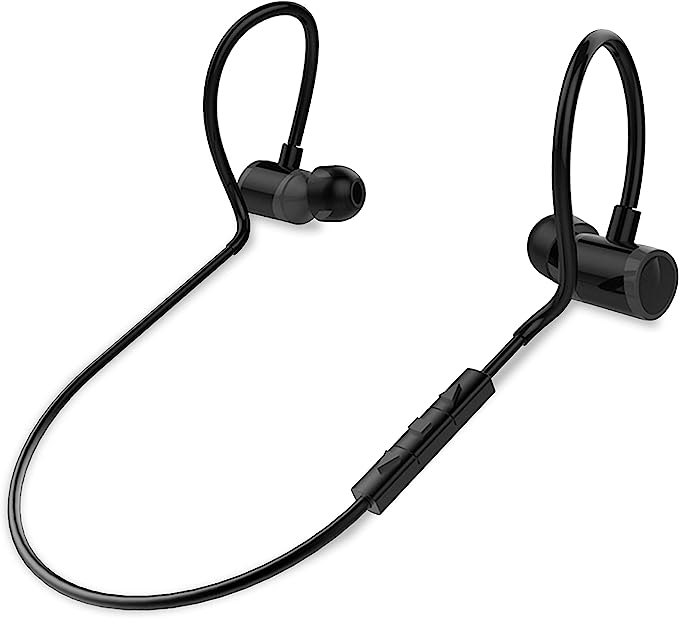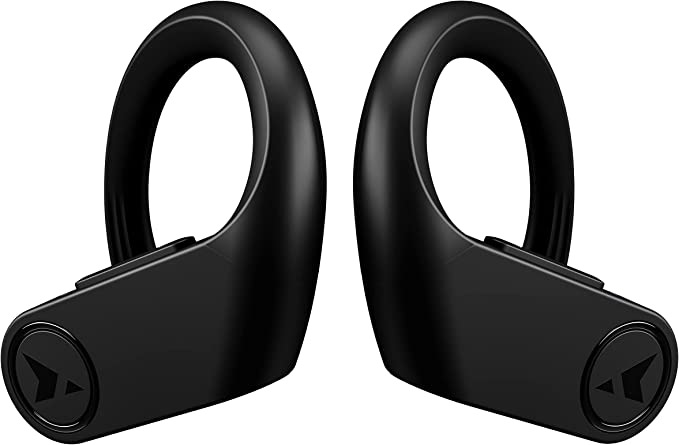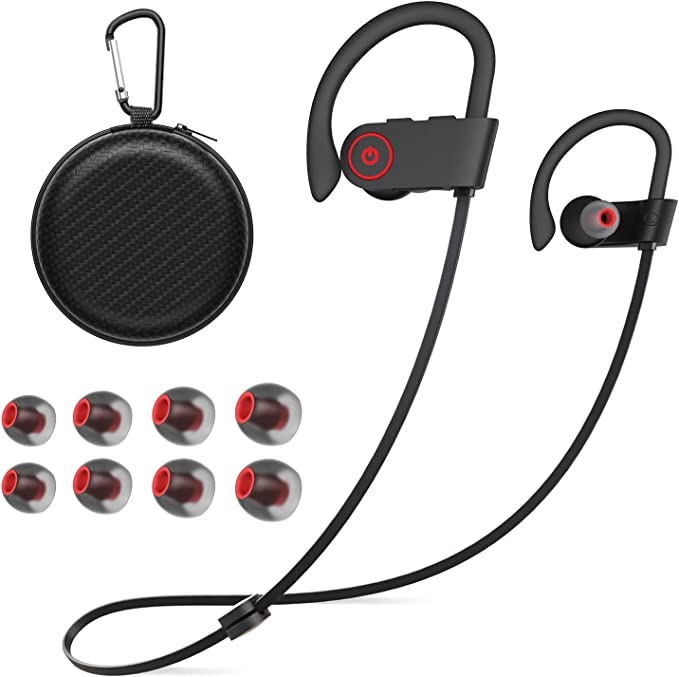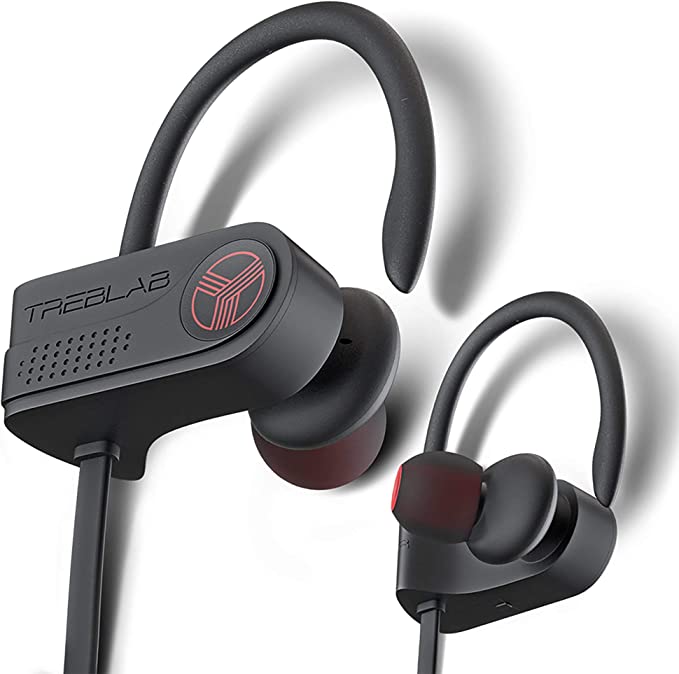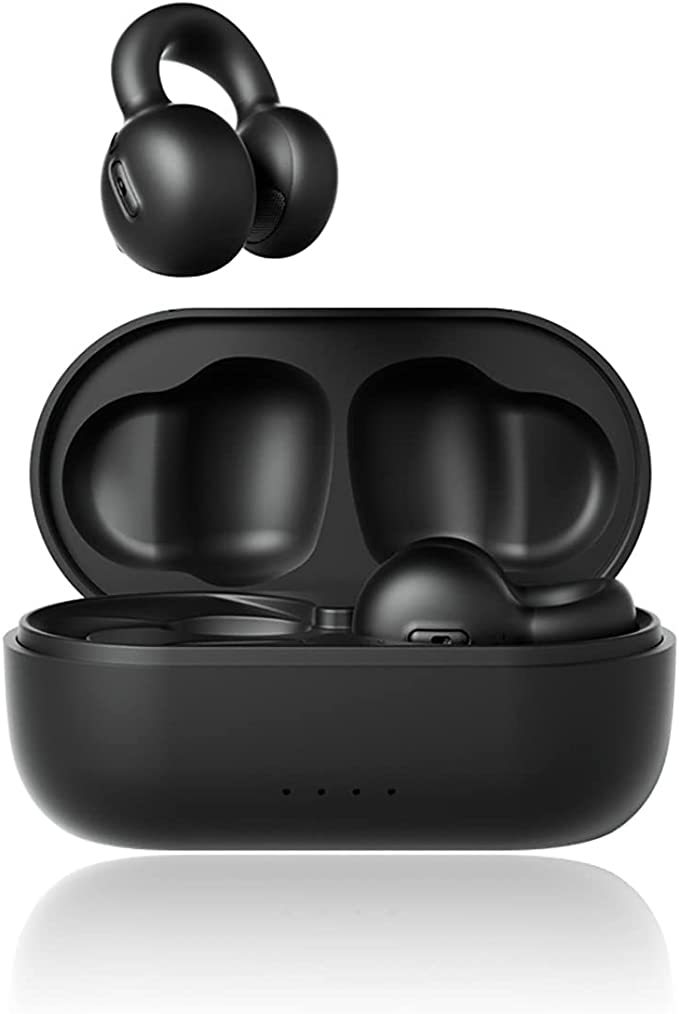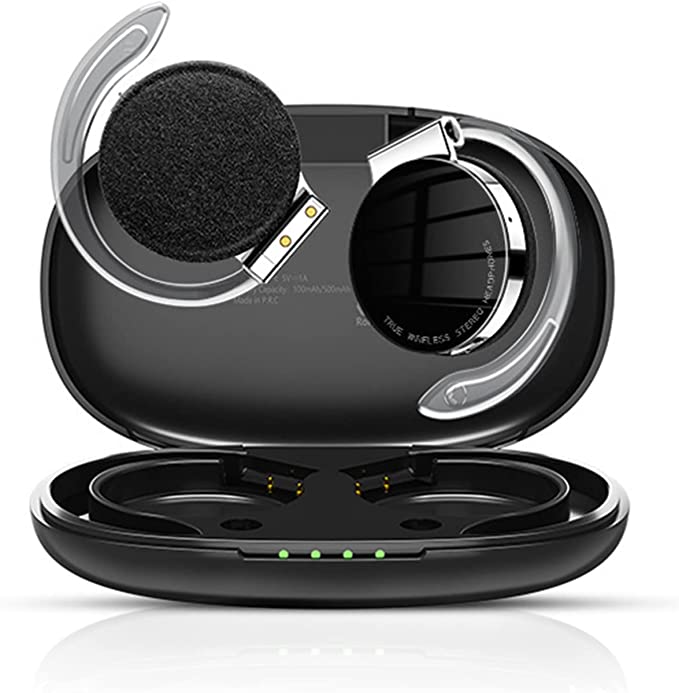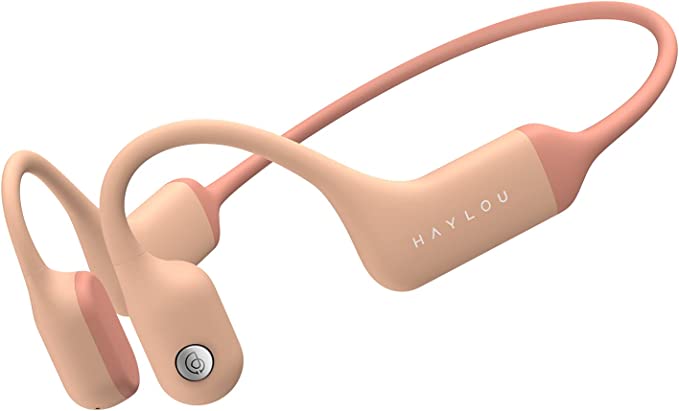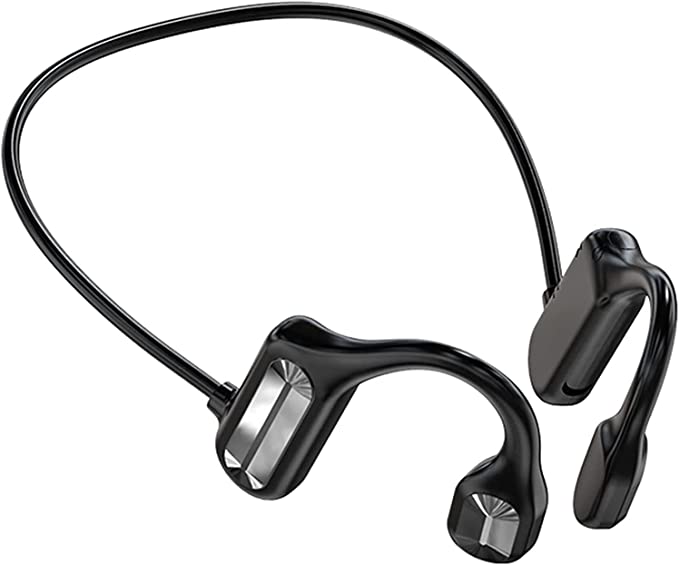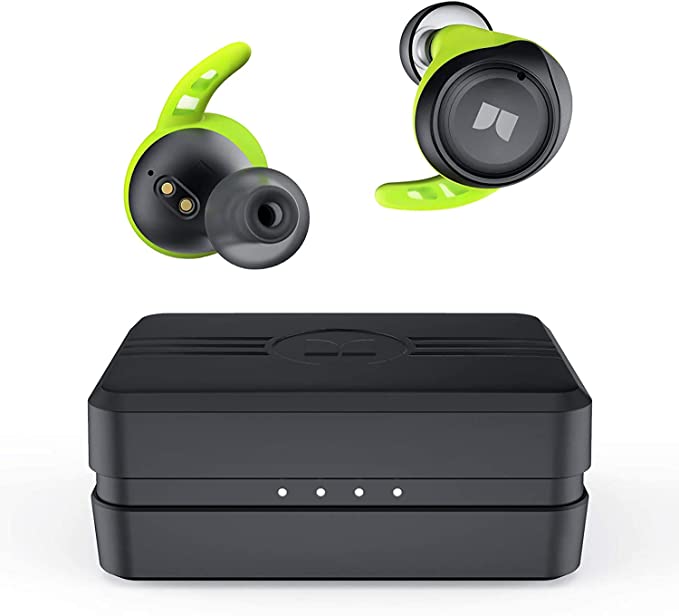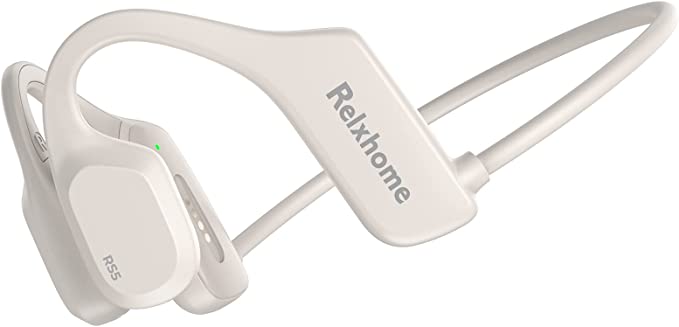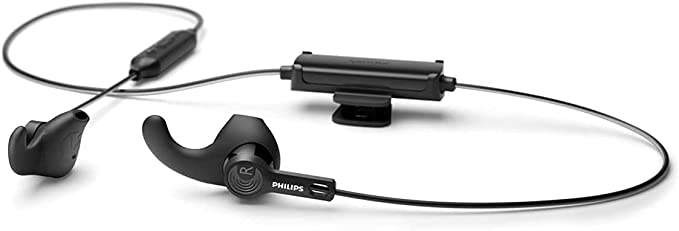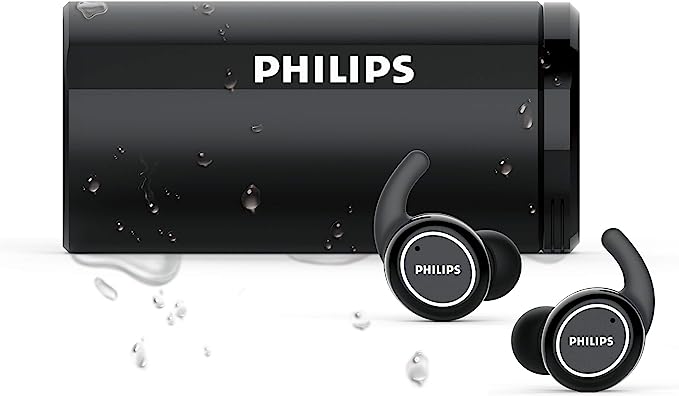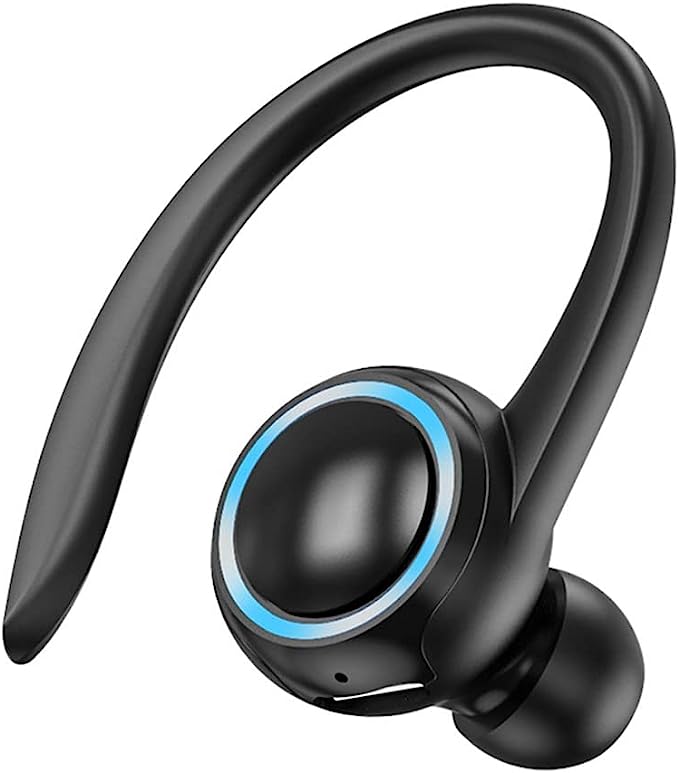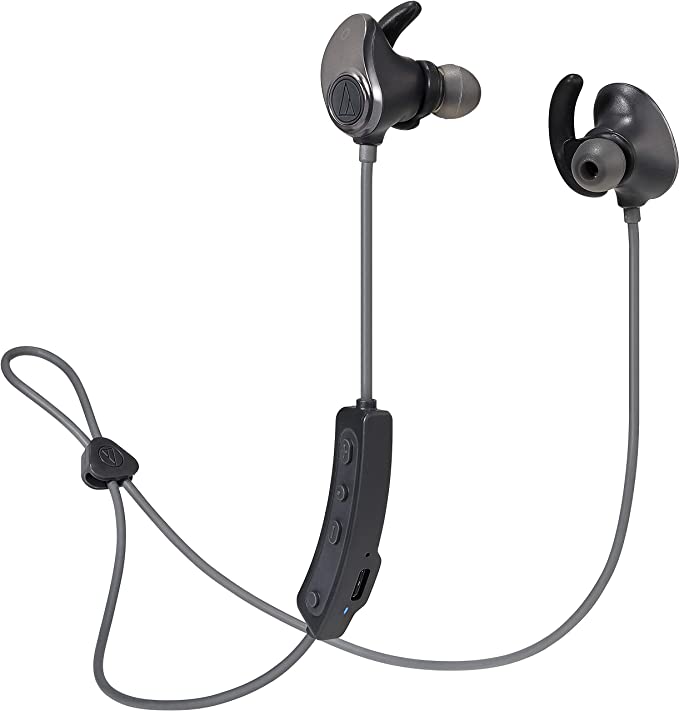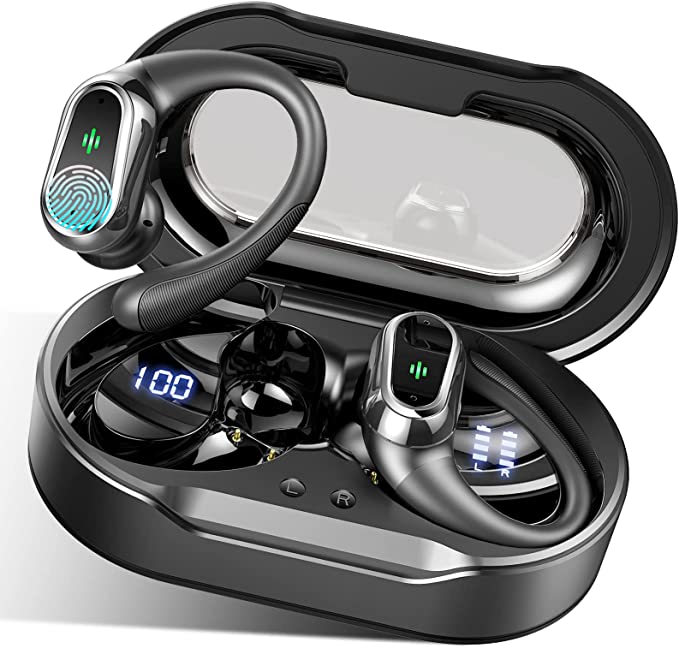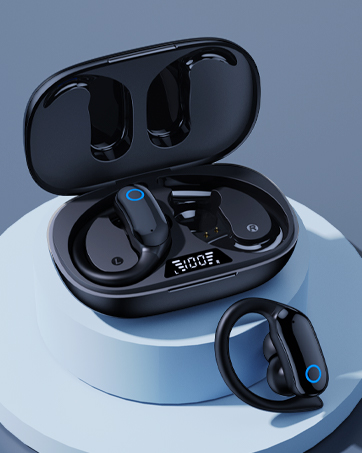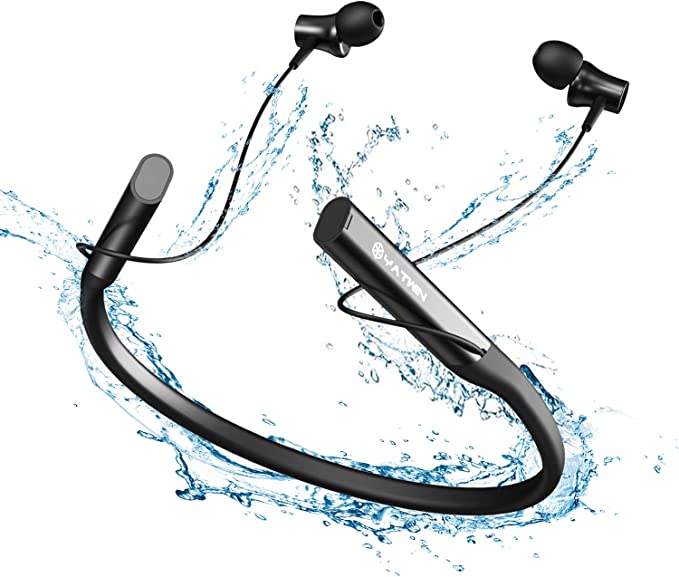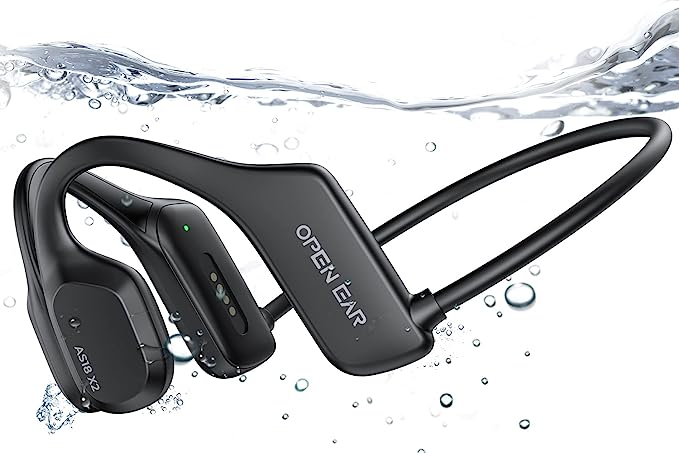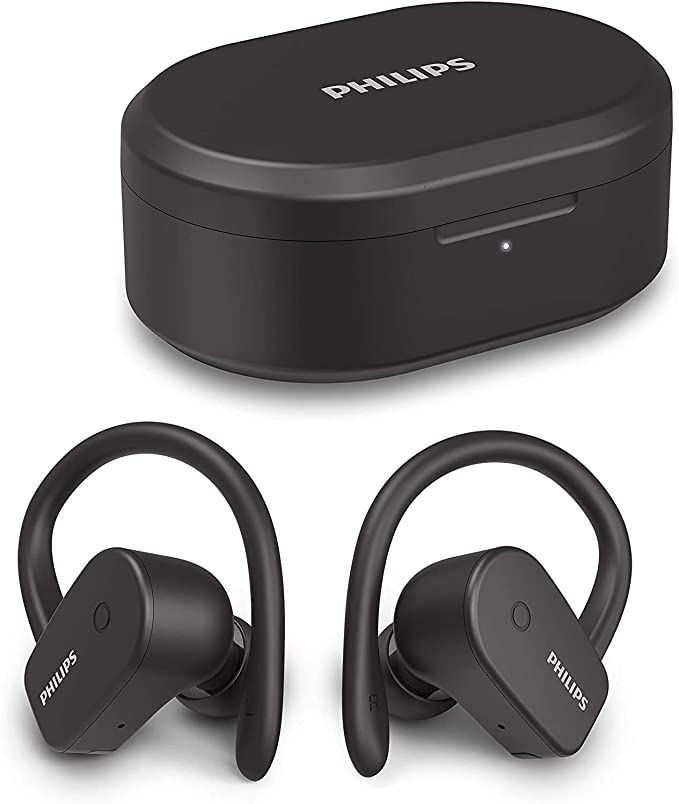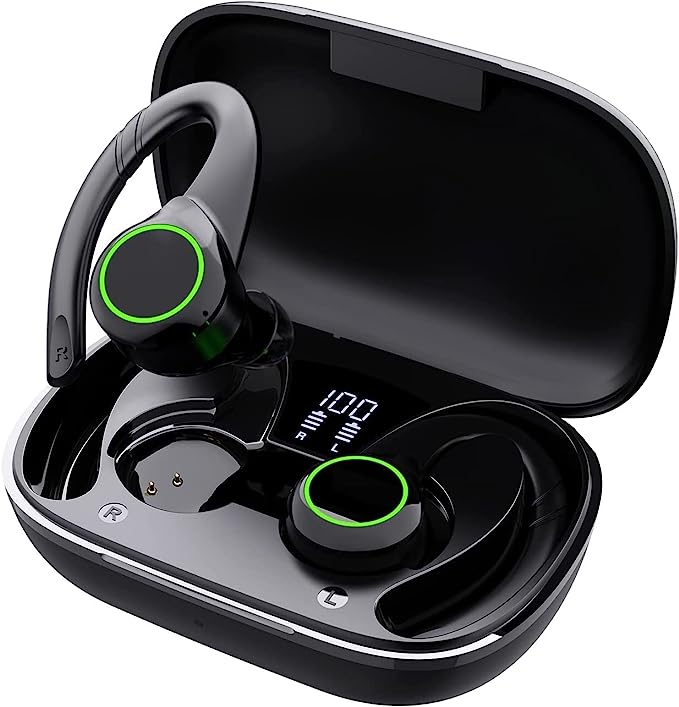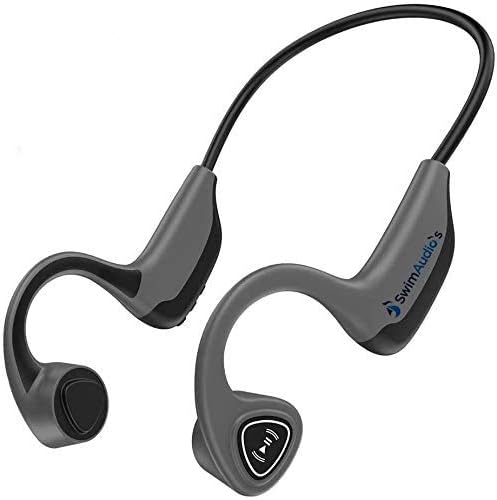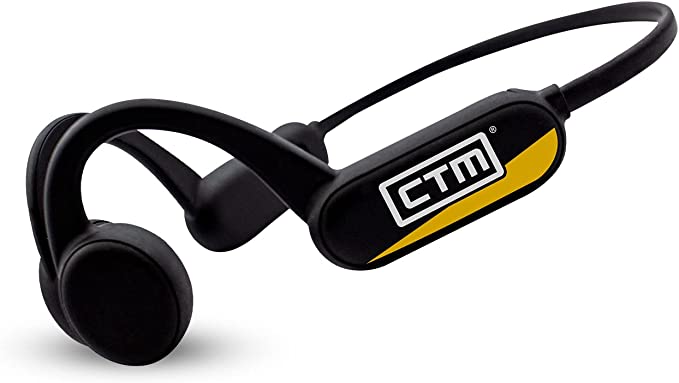JBL Endurance Peak Wireless Bluetooth Earbuds - Great for Sports but Lacking in Sound
Update on June 20, 2025, 9:05 a.m.
The quest for the perfect audio companion during a demanding workout is a familiar one for many athletes and fitness enthusiasts. It’s a delicate balance: you crave invigorating sound, but an earbud dislodging mid-sprint or succumbing to a torrential downpour (or just a really good sweat session) can instantly break your focus and flow. Enter the JBL Endurance Peak, a pair of in-ear headphones engineered specifically to tackle these athletic adversities. But beyond the marketing claims, what’s the science and design philosophy that allows them to (mostly) keep pace? Let’s delve into the technological sinews of these workout-focused earbuds.

The Anchor of Your Activity: Deconstructing the PowerHook™
One of the most visually distinct and functionally critical features of the JBL Endurance Peak is its PowerHook™ design. This isn’t merely a piece of pliable material curving over your ear; it’s a carefully considered ergonomic solution. The fundamental principle at play is leveraging the ear’s external anatomy – specifically the auricle and the retroauricular sulcus (the groove behind the ear) – to create multiple points of contact and a more stable anchor. Unlike standard earbuds that rely solely on in-canal friction, the PowerHook™ aims to distribute holding forces, significantly reducing the likelihood of dislodgement during high-impact movements like burpees or trail running. Think of it like the difference between a single tent peg and a well-guyed tent; the latter offers far superior stability in a gale.
The “Power” aspect of the PowerHook™ introduces an intelligent convenience: the headphones are designed to automatically power on when you put them on and off when removed. This is likely achieved through small magnetic sensors or micro-switches embedded within the hook and the main body of the earbud. When the hook is rotated into a ‘closed’ or ‘on-ear’ position, it triggers the circuit. This intuitive system means less fumbling with buttons and more immediate engagement with your workout. However, this mechanical ingenuity also introduces a point of potential mechanical stress. Some user feedback points to the “activation arm” or the hook itself being a failure point. From a materials science perspective, the chosen polymer must balance flexibility for comfort with long-term fatigue resistance against repeated bending and torsion – a challenging engineering tightrope to walk, especially in a component designed for constant manipulation.

Braving the Elements: The True Meaning of IPX7 Waterproofing
The “IPX7 Waterproof” designation is a significant claim for any piece of electronics, especially one destined for sweaty environments. “IP” stands for Ingress Protection, a global standard (IEC 60529) that classifies the degrees of protection provided by electrical enclosures against the intrusion of solid objects (like dust) and liquids. The “X” in IPX7 means the device hasn’t been specifically rated for dust ingress (or it’s not a primary design focus), while the “7” is the crucial digit for water resistance. It signifies that the JBL Endurance Peak can withstand accidental immersion in water up to 1 meter deep for a maximum of 30 minutes.
Achieving this level of protection involves meticulous engineering. It’s not just about a water-repellent coating; it demands robust physical barriers. This includes precision-molded casings with tight tolerances, rubberized gaskets or O-rings sealing any seams or entry points (like the charging contacts or microphone ports when not in use), and potentially the use of ultrasonic welding to fuse plastic parts into a monolithic shell. Furthermore, the corrosive nature of sweat – which contains salts, lactic acid, and urea – presents a harsher challenge than pure water. While IPX7 testing is done with fresh water, the design implies a resilience to these more aggressive fluids during exercise. However, it’s crucial to understand that IPX7 doesn’t mean they’re designed for swimming. The dynamic pressures of moving through water, especially at depth, can exceed the static pressure tests of the IP standard. Think of it as a well-sealed diver’s watch rated for a certain depth; it’s great for rain and accidental dunks, but not necessarily for a vigorous swim.

Fueling Your Feats: The Science Behind 28 Hours of Playback
A common frustration with wireless earbuds is battery anxiety. The JBL Endurance Peak addresses this with a claimed 28 hours of combined playback – 4 hours from the earbuds themselves and an additional 24 hours from their charging case. At the heart of this endurance are compact lithium-ion (Li-ion) batteries. These marvels of electrochemistry offer high energy density, meaning they can store a significant amount of charge in a small, lightweight package, crucial for wearable tech. The earbuds house tiny Li-ion cells, while the charging case acts as a portable power bank, containing a larger Li-ion battery to replenish the buds multiple times.
The charging case itself is more than just a battery; it incorporates a Battery Management System (BMS) to safely charge the earbuds and its own internal cell. The product also boasts a fast-charging feature: a 10-minute charge providing an hour of playback. This is achieved by allowing a higher current to flow into the earbud batteries when they are at a low state of charge, a process carefully managed by the BMS to prevent overheating or damage. However, the user-reported average battery life rating of 3.1 out of 5 stars (from the provided data) suggests that real-world performance can sometimes fall short of the advertised maximum. This discrepancy isn’t uncommon and can be influenced by various factors: higher listening volumes demand more power, extreme temperatures can affect battery chemistry, and even the efficiency of the Bluetooth connection plays a role. Consistent battery performance is a complex interplay of chemistry, electronics, and usage habits.

Command at Your Fingertips: The Nuance of Touch Controls in Motion
To manage music and calls without reaching for your phone, the Endurance Peak incorporates touch-enabled controls. These typically rely on capacitive sensing technology. Your skin is naturally conductive; when your fingertip touches the designated surface on the earbud, it alters the local electrostatic field. This minute change is detected by a sensor, which then signals a microcontroller to interpret the gesture (a tap for play/pause, a swipe for track skip, etc.). For athletes, touch controls offer a distinct advantage over physical buttons: they require minimal pressure, reducing the risk of dislodging the earbud or causing discomfort, especially when you’re already exerting yourself.
However, the convenience of touch also comes with a learning curve and potential for accidental activation, especially with sweaty fingers or when adjusting a cap or headband. Some user feedback hinted at a “frustrating experience” and confusion with controls, including how single-earbud (mono) mode operates. Designing an intuitive touch interface that is both responsive and resistant to unintended inputs in dynamic, often unpredictable, athletic environments is a significant human-computer interaction challenge. The sensitivity, size of the touch area, and the haptic or audible feedback provided all contribute to the overall usability.
The Unseen Connection: Bluetooth and Your Audio Lifeline
Underpinning the wireless freedom is Bluetooth technology, a short-range wireless communication standard that allows the Endurance Peak to stream audio from your smartphone or other compatible devices. This eliminates the snagging hazard of wires, a massive boon for any physical activity. While the specific Bluetooth version isn’t detailed in the provided text, modern Bluetooth offers improved connection stability and power efficiency over older iterations.
When it comes to sound, the user rating of 3.8 out of 5 stars suggests a generally acceptable audio experience for its class. Sports headphones often feature a sound signature tuned for motivation – this can mean a slight emphasis on bass frequencies to drive rhythm and energy, even if it comes at the expense of absolute audiophile neutrality. The goal here is less about critical listening and more about providing an engaging, powerful soundtrack to your workout.

More Than Just Buds: The Ecosystem and Final Thoughts
The “bundle” aspect, including a Deluxe CCI Travel Carry Case made of rugged nylon, adds a layer of perceived value and practical protection. However, even accessories aren’t immune to scrutiny, with one user reporting an issue with the case’s clip. It’s a reminder that the entire user experience encompasses all components. The choice of a Micro-USB port for charging the case, while functional, does feel somewhat dated in an era where USB-C has become the prevalent standard for its reversibility and often faster data/power capabilities.
Ultimately, the JBL Endurance Peak headphones represent a concerted effort to address the specific demands of an active user. The PowerHook™ design is a clear nod to the need for unwavering stability. The IPX7 rating offers robust protection against the elements typically encountered during exercise. The extended battery life via the charging case aims to alleviate power anxiety. However, as with any piece of technology, the translation from design intent to flawless real-world execution isn’t always linear. User feedback on durability, actual battery performance, and control intuitiveness paints a picture of a product with undeniable strengths for its intended purpose, but also areas where individual experiences can vary, and where the rigors of use can expose design or material limitations.
Choosing the right sports headphones is a personal journey. Understanding the science and engineering behind features like those in the JBL Endurance Peak empowers you to look beyond marketing and assess how well a product’s technical attributes truly align with your unique athletic needs and expectations. It’s about finding that sweet spot where technology seamlessly supports your pursuit of unfettered movement and all-weather performance.
